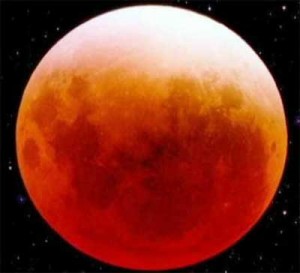The Lunar Eclipse December 2010
Last December 13, 2010, star gazers and sky watchers enjoyed the bright Geminid meteor shower. For those who missed watching and witnessing this phenomenon, don’t fret because this December 21, 2010 there will be another meteor shower: the Ursids meteor shower according to space.com.
The Ursids meteor shower aren’t supposedly bright enough as the Geminid. But the stars and the moon are aligned on a very nice position on this night that the Ursids meteor shower will be visible.
There will be a Lunar Eclipse on December 20 or 21 depending on the area and thus, we will have a darker sky. But the stars will be brighter and the meteor shower seen. Do refer to the diagram above to see in which countries the Lunar Eclipse December 2010 can be seen.
Tellus Museum in Cartersville will be open from 12:00 AM until 5:30 AM on Tuesday for a special star party to observe the lunar eclipse. The observatory will be open, and several other telescopes located on the Tellus grounds will be available to give visitors a great look at this unique event.
For those that want to get out of the cold but still experience the eclipse at Tellus. The banquet halls and theaters will be streaming the images from the observatory.
The lunar eclipse is free for members and included in the cost of regular admission for non-members.
Breakfast food, coffee and hot chocolate will be available for purchase in the Tellus Cafe.
The next total lunar eclipse visible here in Cartersville is April 15, 2014.
http://www.youtube.com/watch?v=IVkkCVh5t0E
Jack C. Davis Observatory at Western Nevada College will open for a lunar eclipse viewing beginning at 9 p.m. Monday.
Sky watchers on the North American continent will have a magnificent view of a total lunar eclipse on Monday evening into early morning Tuesday. The Earth will cast its shadow and totally engulf the Moon from 11:41 p.m. to 12:53 a.m. PST.
The dimming of the Moon begins at 9:27 p.m. and a subtle red glow will develop as the shadow of the Earth on the Moon gets darker. The lunar eclipse will be easily viewed with the naked eye. And
volunteer members of the Western Nevada Astronomical Society will be available to answer any questions about the eclipse.
Attendees should be prepared for possible cold conditions and wear appropriate warm clothes.
The observatory is located at 2699 Van Patten Drive, Carson City. On the hill above the college.
